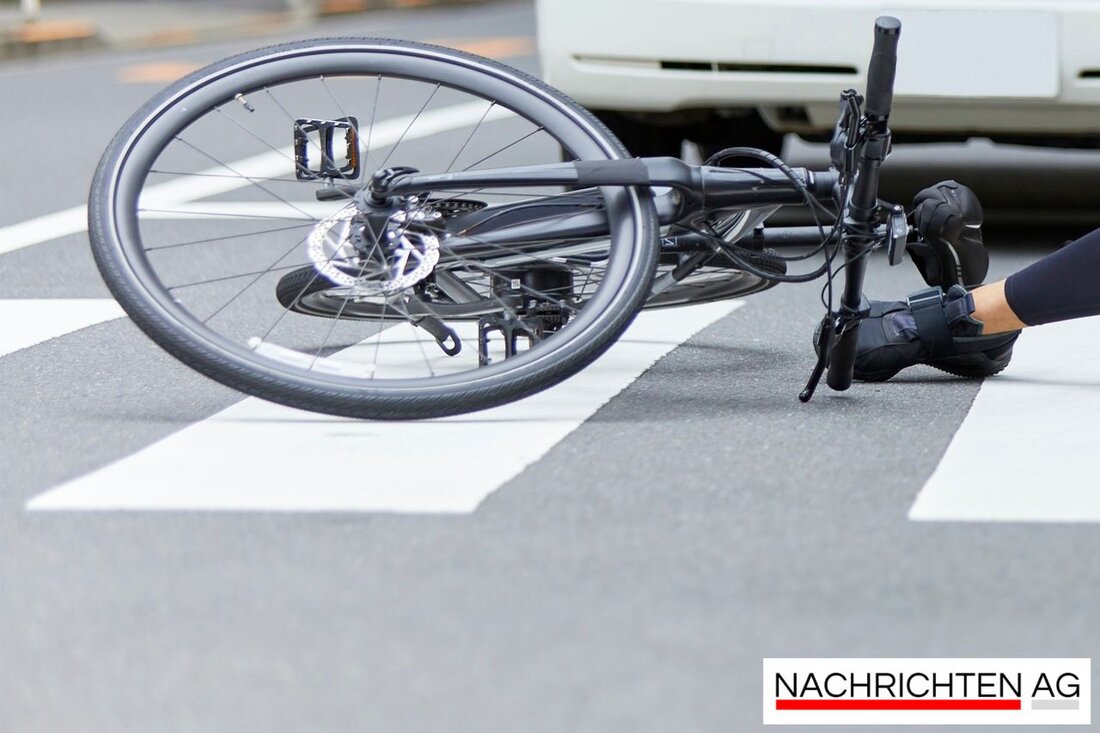Neighbors in Donaustadt are demanding a speed limit of 30 for more child safety
Residents in Donaustadt are calling for the speed to be reduced to 30 km/h to ensure more safety for their children in a dangerous dead-end street.

Neighbors in Donaustadt are demanding a speed limit of 30 for more child safety
In the Danube city, concerned residents are pushing for more road safety. The single-lane Rosenhaingasse is particularly affected, where there is no sidewalk and the three-year-old son of resident Tina F. (41) can walk directly from the garden onto the street. Since the construction of a new apartment building, the situation has become even more critical. According to Tina F., drivers often speed through the narrow street at over 50 km/h, which poses a serious risk to children. “We are afraid for our children,” is how she sums up the neighbors’ concerns. The road is described as little more than a paved dirt road, which only adds to the danger of the situation.
District leader Ernst Nevrivy from the SPÖ shows understanding for the residents' concerns and has contacted MA 46 to demand a speed reduction to 30 km/h. Despite the first review, in which MA 46 saw no need for such a measure, residents successfully lobbied for a new review. MA46 boss Markus Raab has confirmed that the district's application will be reconsidered and a decision will be made later this year, keeping residents' hope for a safer environment alive.
Speed reductions in residential areas
In general, 30 km/h zones are common in many residential areas, especially in Germany, to calm traffic and increase safety for pedestrians and cyclists. The legal basis for this is Section 45 Paragraph 1c of the Road Traffic Act (StVO). These zones are intended primarily in areas with low through traffic in order to improve the quality of life and reduce noise emissions and exhaust fumes. The facility is often accompanied by structural measures to reduce speed, but these must not endanger public safety.
Such a measure could be of enormous importance, especially in the Danube city. 30 km/h zones are not only a means of preventing accidents, but also of promoting respectful interaction on the road. The signs identifying 30 km/h zones are made clear by the traffic sign 274.1 at the beginning and 274.2 at the end of the zone, while the speed is often also indicated by a large white “30” on the road.
Increase safety, improve quality of life
The residents in Rosenhaingasse are hoping for a positive decision from MA 46, as the community is strongly concerned about traffic safety for their children. A uniform approach to traffic calming could not only address the current challenges, but also sustainably improve the quality of life in the Danube city. The example shows once again how important it is to respond to the needs of residents and to ensure safe coexistence in urban areas.
The time pressure is high because with every day that passes, the safety of children and many pedestrians remains at risk. Residents therefore continue to tirelessly express their demands and hope that their voice will be heard. After all, not only is their own safety at stake, but also that of their children and everyone who passes this dangerous place every day.

 Suche
Suche
 Mein Konto
Mein Konto